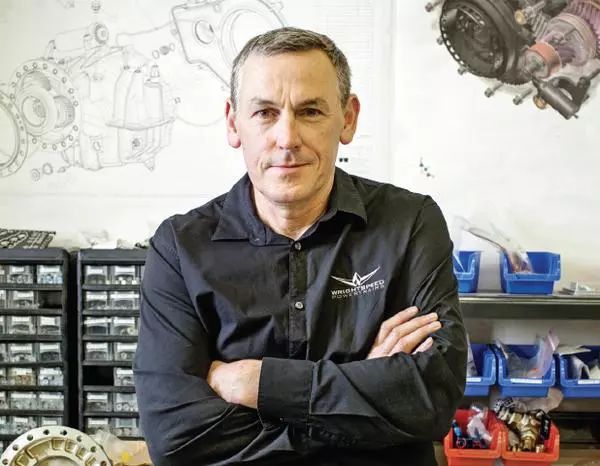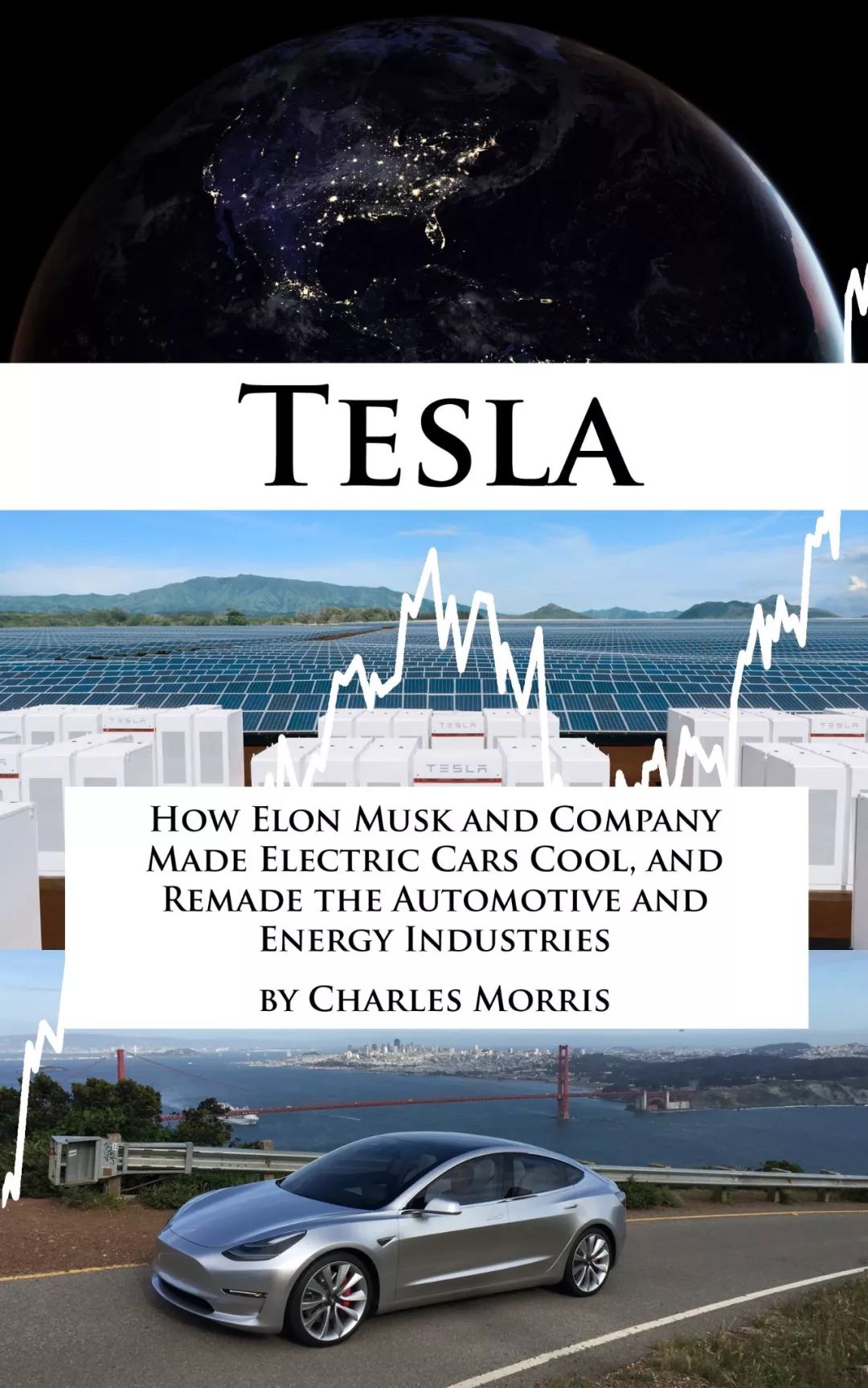Everyone knows that Tesla’s way of doing things has always been different from other car manufacturers. However, most media still focus on the performance of Tesla vehicles (especially 0-60 mph acceleration), how Tesla makes electric cars cool and its marketing strategies, or how Tesla sells cars directly to consumers and avoids the sales model of dealerships that often leave a bad taste.
But there is another very important innovation that most non-Tesla car owners are not aware of: Tesla is the first automaker to use a single integrated computer system to control all functions of a vehicle, from battery charging to motor control, and even radio tuning.

During an interview I conducted for this book, Ian Wright, co-founder of Tesla (editor’s note: Wright has since left the company and is now CEO of Wrightspeed), gave some insightful comments. The following content is excerpted from the book Tesla: How Elon Musk and Company Made Electric Cars Cool, and Remade the Automotive and Energy Industries (not translated into Chinese to facilitate searching).

Ian is a native New Zealander with a passion for racing. At the age of 10, he converted a lawnmower into a go-kart. In 1993, he came to California and became a neighbor of Martin Eberhard. Eberhard, along with Marc Tarpenning, were longtime partners and co-founded Tesla. Ian’s expertise in cars was exactly what Eberhard and Tarpenning needed, so he took the opportunity to integrate his passion for software engineering and racing into Tesla and became the company’s Vice President of Vehicle Development.When I asked Ian how Tesla has changed the development and production of cars, he said they have indeed done a lot of work, but not as people think. “Toyota’s method of making cars is stamping metal, welding it together, then painting it, and finally making all the interior components before assembling the car. This way is difficult to break,” said Ian.
“I’m not sure if Tesla can surpass this method or at least reach this level. On the other hand, if you are a tech engineer from Silicon Valley, and you look at the design of modern cars from the perspective of electronic products, it looks like breakfast for dogs, as the Australian saying goes. It doesn’t have the system architecture we talk about.”
People often describe modern cars as “computers on wheels,” but they are more like a combination of many small computers, rather than one computer. Unlike a computer network or software application, a car (other than Tesla) is not designed as a single system. It’s a mixture of many independent and incompatible computer systems, each from different suppliers.
As Ian said, “When I looked out of my 2008 Volkswagen Touareg, I bet there were about 60 or 70 electronic black boxes and 300-pound cables, and the software came from 20 different companies. The main reliability issues on these vehicles come from electronic and software systems. I think Tesla really adopted a true Silicon Valley system architecture to design all the electronic systems in the Model S. I don’t know to what extent this will change traditional carmakers, but it’s truly different, and I expect the electronic and software systems of traditional carmakers to be more reliable than those used on previous vehicles.”
All the software running on the Model S (X and 3) is integrated into a single logical system, which means, as Ian Wright said, “less black boxes, simpler wiring harnesses, more integrated software, and fewer unexpected situations, especially when some parts are broken and other parts cannot function properly, or when there are some strange situations.”
“My 2008 Volkswagen has a nice color LCD screen in the middle of various instruments, which drives me crazy because there is enough space to display a lot of information, but they divide it into many areas. One of the areas displays information about the outside temperature until the low fuel warning appears. When the low fuel warning appears, the position of the outside temperature displays the warning icon. Only when you add more fuel, you can know the outside temperature. They could have moved it elsewhere, but they couldn’t because their way of developing products is to assign a specific group of people to deal with a specific set of code. When traditional carmakers were still asleep, Tesla did the right thing, while traditional carmakers were struggling and suffering.”# More Integrated Solution
A more integrated solution means that upgrades can be quickly and smoothly implemented with technological advancements. Minor improvements such as those required by smartphone manufacturers can take weeks, while the automotive industry can take months or even years. Tesla has several major upgrades that are made through remote updates, requiring no action from the vehicle owner. In contrast, traditional car manufacturers may require the owner to bring the vehicle back to the dealership for the same changes. To my knowledge, no other car manufacturer has released any improvements or upgrades to existing car models, except for the replacement of faulty parts.
In an electric vehicle, electronics and software are integral components. When traditional car manufacturers begin mass-producing electric vehicles, they have to accept more system-oriented solutions (which wouldn’t happen if they simply put an electric powertrain into a gasoline vehicle). Additionally, two more powerful trends are emerging as electrification progresses: automation and connectivity. To maintain these advantages, a software-centric concept is undoubtedly needed.
For automakers, this is not a small adjustment, but rather a revolution in design and manufacturing. To scale and integrate a 21st-century electric, automated and connected vehicle using existing systems is like building a smart phone, integrating a chip running system, a network chip, a camera chip, a music playback chip, etc with a telephone function.
This is not just about designing better electronic and software systems. The problem is rooted in industry structure, as Wright explains: “even mainstream manufacturers upgrade their software systems, they don’t develop it themselves. They design a technical standard for tier 1 suppliers such as Continental, Siemens, and Bosch. If they continue to do so, I think they will encounter problems.”
Ian Wright told me this in January 2014. Almost four years have passed, and there has been little change.
Car manufacturers keep upgrading their infotainment systems, but most of them still look like they were designed a decade or more ago. Consumers prefer to use their smart phones or tablets. Some OEMs are trying OTA upgrade plans.
GM plans to release a new electric vehicle architecture to achieve OTA upgrades by 2020. Porsche claims that its new Mission E electric vehicle will offer OTA upgrades and software lock options. As of now, these innovations seem to be primarily applied to in-car entertainment systems.
There is no sign of traditional car manufacturers controlling all vehicle functions via a computer platform like Tesla has.Tesla | Toyota | General Motors | BYD | BMWBMW | Jaguar | Mercedes-Benz | Renault | NissanWM Motor | Chehejia | SF Motors | Zhidou | Uber72&R&D Center | Baidu | Mobileye | Lidar | Autonomous DrivingRedirect | Car Sharing | Battery Life | McKinsey

This article is a translation by ChatGPT of a Chinese report from 42HOW. If you have any questions about it, please email bd@42how.com.